Exploring Energy-Efficient HVAC Alternatives
Updated: 15. September 2025
HVAC, or heating, ventilation, and air conditioning, is a critical aspect of building design and construction. HVAC systems regulate indoor temperature, humidity and air quality to ensure comfortable and healthy environments for occupants.
However, since HVAC systems arguably make the largest contribution to worldwide building energy consumption, there is a growing demand for sustainable HVAC solutions, including energy-efficient alternatives to conventional systems.
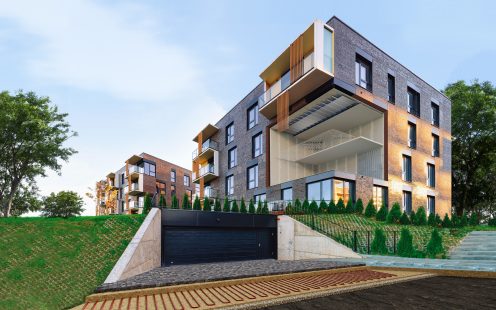.jpg)
The need for sustainable HVAC solutions
According to the European Commission, buildings are responsible for 40% of energy consumption in the EU. Moreover, it is suggested that, on average, HVAC systems account for 38% of building energy consumption, which amounts to 12% of global energy use.
In this context, it is unsurprising that governments, political institutions and building regulators are increasingly concerned with the energy efficiency of buildings and their HVAC systems.
Since 2020, the European Commission has been implementing the European Green Deal in an attempt to make the European Union climate neutral by 2050. The Green Deal is a set of policy initiatives that aim to boost the energy-efficient use of resources and move Europe towards a clean, circular economy.
For example, the Energy Performance of Buildings Directive required EU member states to legislate the need for all new buildings to be nearly zero-energy buildings (NZEB) by 2021, and all new public buildings to be NZEB by 2019.
Major building certification schemes, such as BREEAM, LEED and DGNB, are also concerned with the energy efficiency of new buildings for similar reasons. Buildings seeking certification must meet specific criteria related to energy performance, including the sustainability and efficiency of their HVAC systems.
Moving towards energy-saving HVAC systems
Traditional methods of heating, air conditioning, and ventilation have long been associated with high energy consumption and uneven temperature distribution. Along with an evolving policy landscape, these inefficiencies have left building owners, developers and occupants keen to explore energy-efficient HVAC alternatives.
Heating
Heating setups often rely on radiators or forced-air appliances that heat spaces unevenly and require relatively high temperatures to achieve comfortable indoor environments.
In the search for an energy-efficient alternative to traditional setups, hydronic heating systems have become increasingly popular. Hydronic systems are water-based and benefit from a comprehensive design that enables even heating of both small and large spaces.
Instead of air, hydronic systems regulate indoor temperatures by circulating hot water through pipes that run underneath the floor or are embedded in walls. Their superior energy efficiency lies in their ability to produce radiant heat that achieves optimal thermal comfort at lower temperatures than traditional appliances. For example, occupants with a forced-air system may require an indoor temperature of 22 °C to feel comfortable. However, with a hydronic system, they could achieve the same feeling of thermal comfort at 20 °C.
These low operating temperatures further increase the efficiency of hydronic systems as they enable easy integration with sustainable systems and energy sources, such as solar, geothermal and heat pumps.
Finally, their versatile design facilitates comprehensive coverage of large surface areas. They can be implemented underneath the entirety of a floor or wall, as opposed to a single corner, to ensure that all of the space experiences equal thermal radiation, avoiding the hot and cold spots associated with conventional systems.
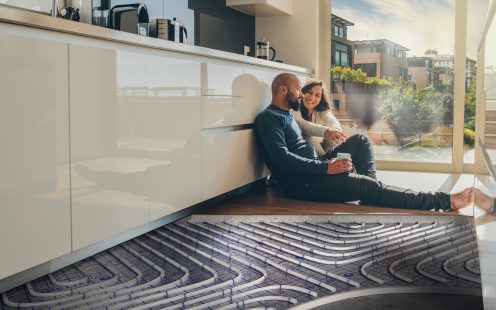
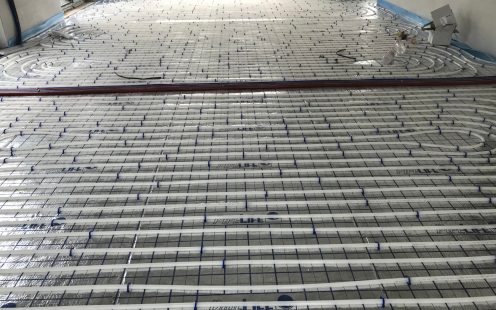.jpg)
Air conditioning
Conventional forced-air conditioning units struggle with the same inefficiencies as their heating counterparts. The inefficiency of air as a thermal conductor means that they require vast amounts of energy to bring the temperature of a room down to a comfortable level.
Moreover, air conditioning units are typically oversized as homeowners often opt for larger units in the belief that they will provide better cooling. This misconception leads to frequent cycling that causes units to operate inefficiently, generate higher electricity bills, and wear out faster.
The constant cycle of cooling and dehumidifying air can also result in uneven temperatures, drafts and fluctuating humidity levels, leading to uncomfortable living and working environments.
Additionally, air conditioning systems often rely on ductwork, which can be prone to leaks, heat loss and bacteria growth if not regularly maintained.
As with heating, hydronic systems can provide an energy-efficient cooling alternative to air conditioners. Hydronic cooling systems also use water to regulate the temperature of a room by running cold water through a pipe network.
While less suitable for underfloor applications, hydronic cooling systems work well in walls and offer particular efficiency advantages when installed in ceilings. Ceiling integration ensures the most even cooling throughout the entirety of a room.
Set up in this way, hydronic cooling systems offer the same energy-efficiency benefits: They require less energy to bring down the temperature of a room, are suitable for renewable energy integration, and provide even coverage throughout large spaces. They can also be installed as a combined system to provide both heating and cooling, ensuring comfortable living environments throughout the year.
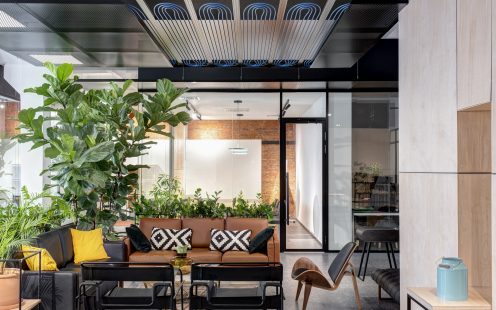.jpg)
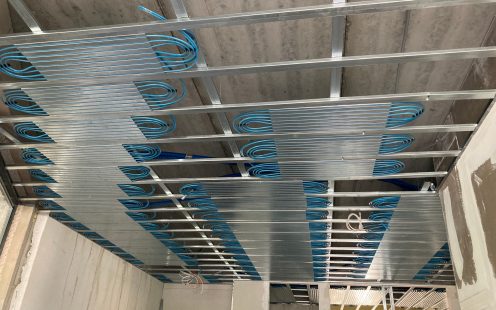.jpg)
Prefabrication of hydronic systems
Another advantage of hydronic systems, whether heating or cooling, is their suitability for prefabrication — where offered by the manufacturer. Manifolds can be completely preconstructed and configured, while the heating and cooling pipe networks can be preassembled in a number of different forms: Underfloor heating mats delivered as rolled coils; gypsum wall and ceiling panels that are simply affixed to surfaces and plastered over; and ceiling cooling panels that slot into suspended ceiling grids.
Prefabricated systems move work from site to factory, reducing dependence on skilled labor and shortening installation times by up to 90%. This expands the pool of suitable installers and ensures more jobs can be completed each working day.
However, a perhaps even more valuable consideration is the strict factory conditions under which these systems are prefabricated: All connections, alignments and safety tests are conducted by experts in factory environments that adhere to tight regulations. The process also benefits from repetition and economies of scale, ensuring consistent and precise build quality across all units.
Beyond this, some manufacturers will also offer design services to tailor each system to the specific dimensions of your space — for example, sizing underfloor heating mats to the exact layout of the room in question.
These optimizations mean installers can be confident that when they arrive on site, the product is perfectly aligned to the project and ready to be used safely, without any need for onsite alignment, resizing or wasted material.
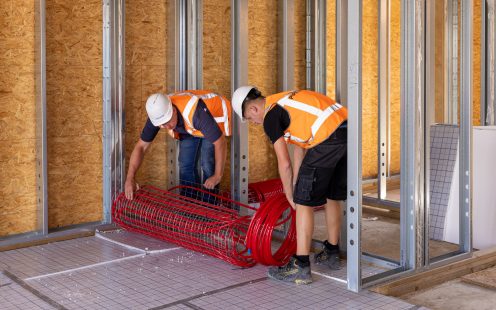
Ventilation
While hydronic systems offer an energy-efficient solution for indoor temperature management, it is important to note that these systems do not replace the need for proper ventilation. Ventilation is crucial for maintaining good indoor air quality and ensuring the health and well-being of occupants — especially in modern, passive houses.
The energy efficiency of ventilation solutions can be improved with the incorporation of systems such as Heat Recovery Ventilators (HRV) and Energy Recovery Ventilators (ERV). Both HRVs and ERVs work by transferring heat energy between incoming fresh air and outgoing stale air. While HRVs focus on heat exchange, ERVs also transfer moisture to regulate indoor humidity levels. These systems reduce the energy required for heating or cooling the incoming fresh air, leading to significant energy savings and improved indoor air quality.
Alternatively, earth tubes, or indirect earth coupling, can offer a passive approach to ventilation. Earth tubes utilize the stable temperature of the ground to condition fresh air before it is circulated throughout a building. This involves burying a network of pipes several meters underground, where the temperature is relatively constant.
As the outside air is drawn through the buried tubes, it exchanges heat with the surrounding soil before entering the building. Earth tubes can reduce the need for active heating or cooling and therefore provide an excellent energy-saving approach to both ventilation and indoor temperature management.
Another energy-efficient ventilation strategy is the use of demand-controlled ventilation (DCV) systems. DCV systems use sensors to monitor indoor air quality and adjust the ventilation rate based on factors such as occupancy, carbon dioxide levels, or other air pollutants. By only providing fresh air when it is required, DCV systems can significantly reduce energy consumption while maintaining a healthy indoor environment.
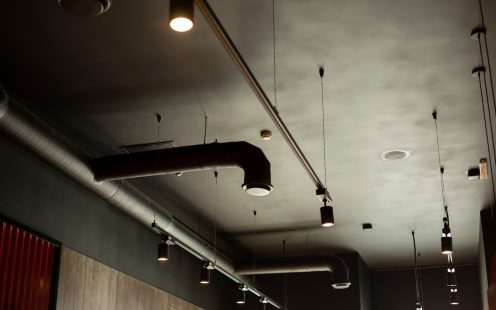
Embracing energy-efficient HVAC solutions for a sustainable future
With the global focus on reducing carbon emissions and achieving climate neutrality, it is crucial that we explore and implement energy-efficient HVAC alternatives in our homes and buildings. The integration of hydronic systems with renewable energy sources, as well as the adoption of advanced ventilation solutions, demonstrates the potential for creating sustainable, energy-efficient buildings that align with the goals of the European Green Deal and other global initiatives.
By prioritizing efficiency in the design, construction, and operation of our buildings, we can contribute to global efforts against climate change while ensuring the well-being and comfort of occupants. The time has come to invest in sustainable HVAC solutions that will shape the future of our built environment.
Get in Touch
Please choose your preferred way to get in contact with us. We will get back to you as soon as possible.
Fill our form